Laura Kugel: ‘We have been saving up objects, unseen discoveries’
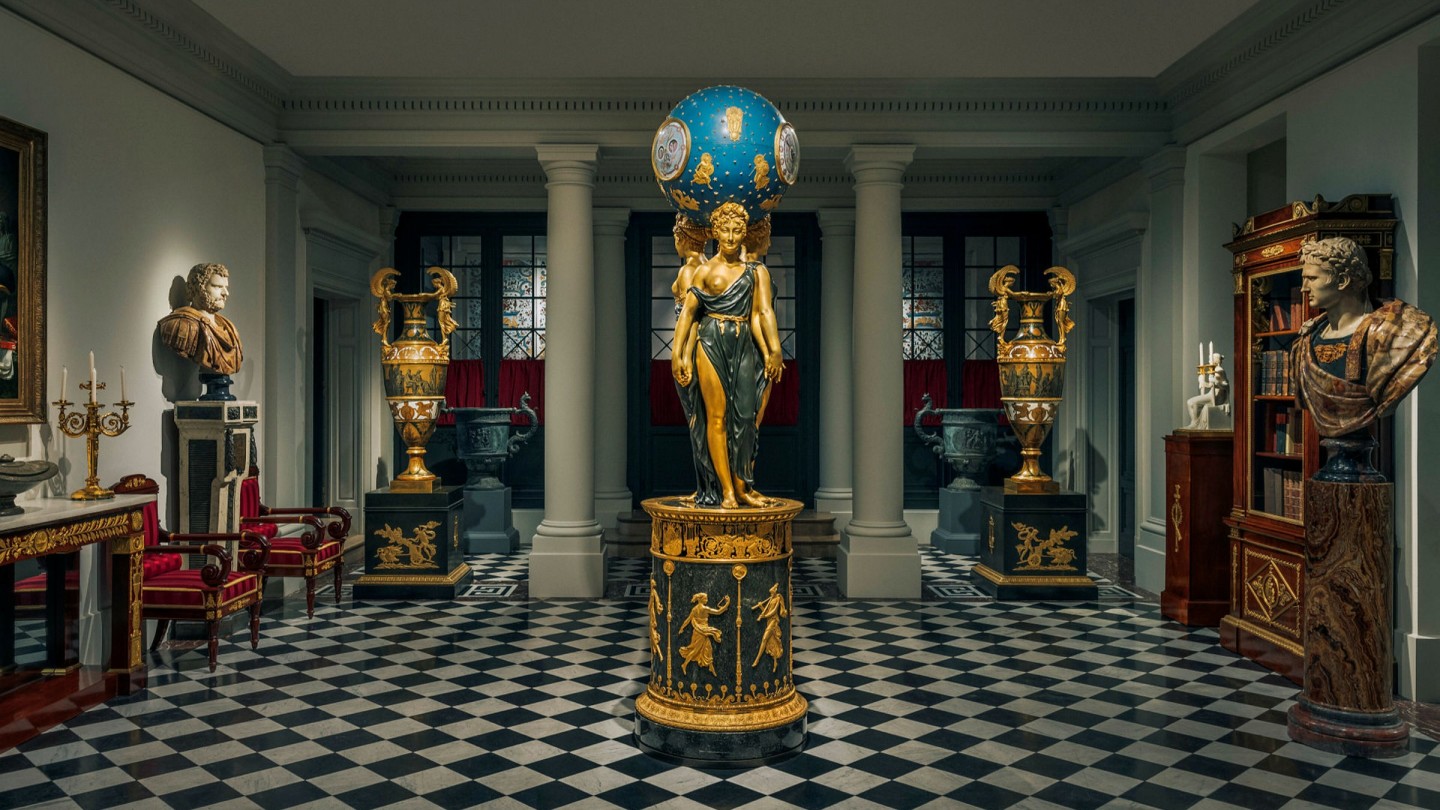
Roula Khalaf, Editor of the FT, selects her favourite stories in this weekly newsletter.
Before we talk, Laura Kugel emails me a very strange and enigmatic picture. It is of a proto-surrealist double bust, exquisitely carved in white marble: the head and shoulders of a baby perched on top of the head and shoulders of a curly-haired Grecian youth. What on earth is it?
“A strong theory is that it would be displayed at the entrance of the artist’s workshop as a show — or perhaps show-off — object. When we saw it, we all said we just had to acquire it, even though it is a little out of our usual period.”
Out of period, being late 19th century: Galerie Kugel, the family business of which Laura is a part, specialises in works from antiquity to the earlier part of the 19th century. But it is typical, she says, of their approach and range: the best quality and the most unique pieces are trademark. “It exemplifies the strengths of our organisation: we are able to buy only what we like — it can be for many reasons, a fascinating provenance, something entertaining or unusual, unexpected.”
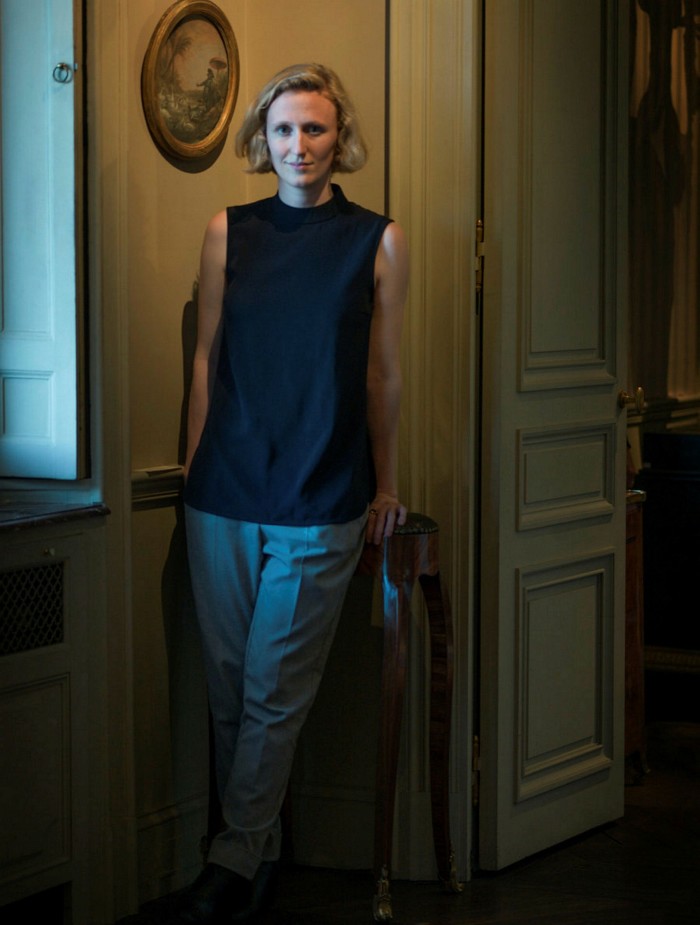
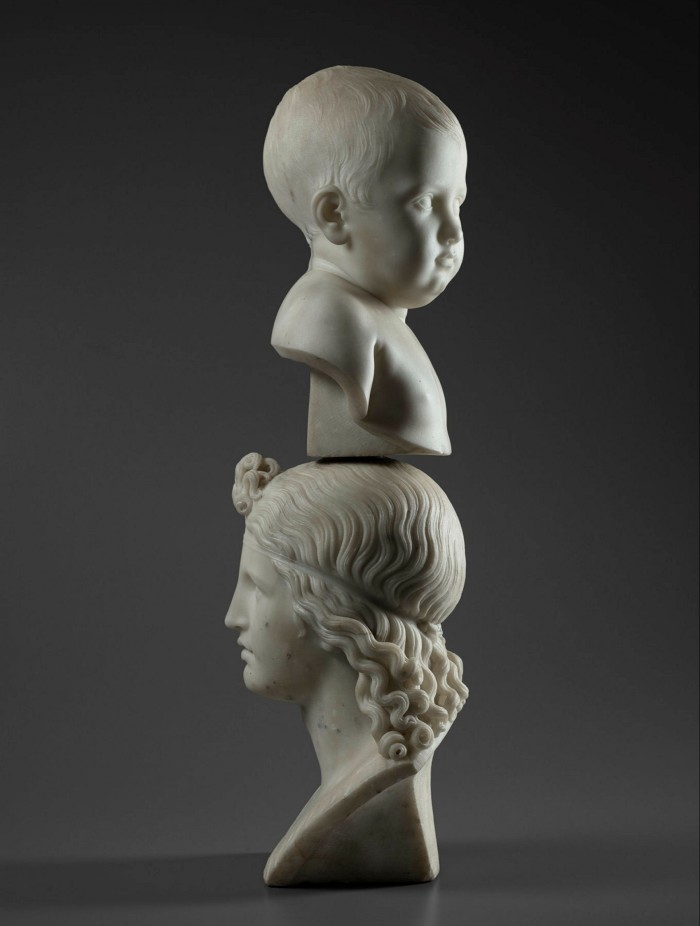
I ask her the question she must always be asked and must be tired of answering: did she always aim to join the family gallery? The reason it’s a more or less inevitable question is that Laura is the sixth generation at this most blue-chip and esteemed of Parisian antiquaires. A by-appointment treasure house in the Hôtel Collot on Paris’s Left Bank, it’s known for museum-quality works, everything from Renaissance portraits to clocks, enamel and silver to tapestries, fine furniture to Egyptian statuary, with objets d’art of every conceivable sort. And the family tradition dates back to early 19th-century Russia.
“No,” she laughs, “I suppose it came as something of a surprise to me.” She studied social sciences and politics in London rather than art history, and it was only when she started to accompany her father and uncle, Nicolas and Alexis, on buying trips or valuations, “following them around and observing, and starting to learn about the fantastic objects, it became evident that this was the path for me.” She joined the gallery in 2015.
And with such a history, did she aim to bring an innovative style to the long-established business? She laughs. “Of course, when I joined I had what I thought were 100 brilliant ideas, but I soon realised my father and uncle had been doing this since they were very young and they’re extremely good at what they do. So change is all very organic, we work extremely co-operatively and changes sort of happen. It’s a gradual opening up — digitally especially.”
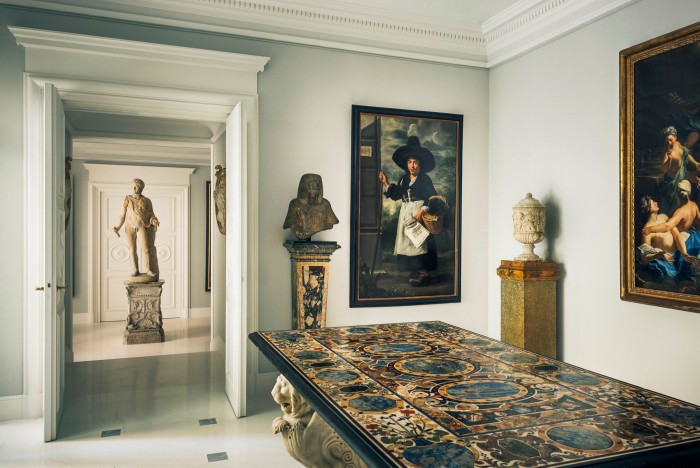
There are innovations, however. Galerie Kugel only exhibits at Tefaf Maastricht, but for some years has mounted special showcase exhibitions — for a wider “creative carte blanche”, as Kugel puts it. The most recent, entitled Tastemakers, explored the role of the powerful marchands-merciers, dealers who shaped the luxury market of 18th-century France. It was held in New York at the newly opened Villa Albertine, an institution that plays ambassador for French culture in the US. “It was important to show our American customers that we’re back,” she says.
Such showcase exhibitions take a huge amount of work, research, discovery. “There are really two parts,” Kugel explains. “One to get the idea, then we have to amass the objects. We sometimes work on those projects for five to 10 years. We take a lot of pride in that.”
Will there be something similar at Tefaf Maastricht? “Obviously we are generalists with a wide spectrum,” she replies, “so we try to show that range — in an 80 sq ft booth it’s not easy! So we don’t showcase a theme and we’re not planning anything extravagant in terms of presentations. We try to bring a large volume of work; we aim simply to bring the best possible.” And after a two-year hiatus, the works on display will likely be spectacular: “We have been saving up objects, unseen discoveries we’ve made and have kept,” she says.
Kugel has a double role at Tefaf: as well as a leading exhibitor, she’s a member of the board of trustees. Unlike other art fairs, Tefaf is a foundation rather than a business. “It is overseen by a board of trustees, a mix of dealers, art collectors and others, people who have skin in the game. I joined the board two years ago — so this year at Maastricht will be the first time I’ll have the opportunity of meeting with all those colleagues.”
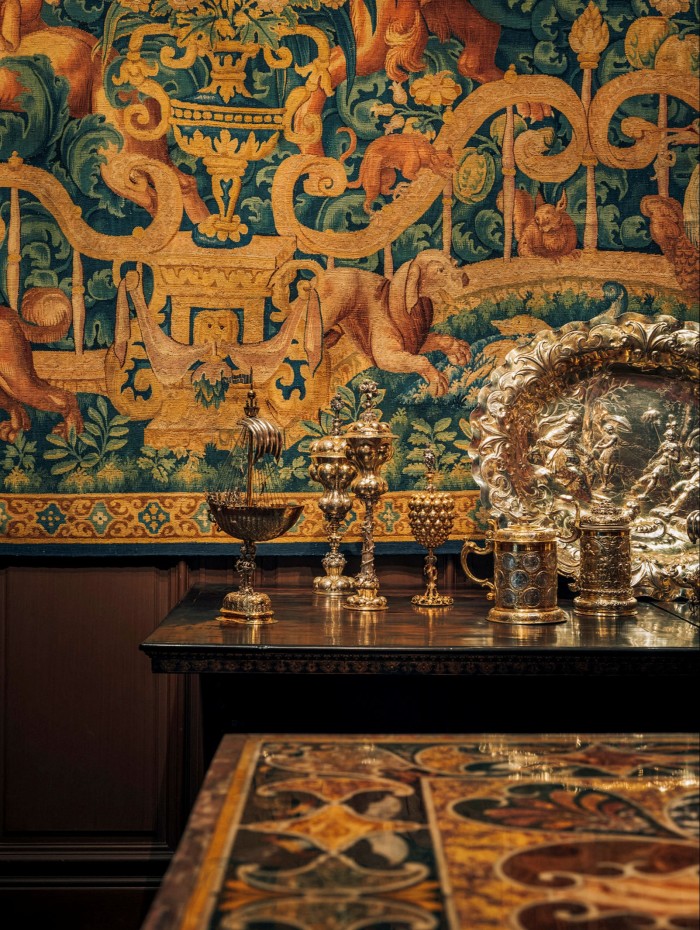
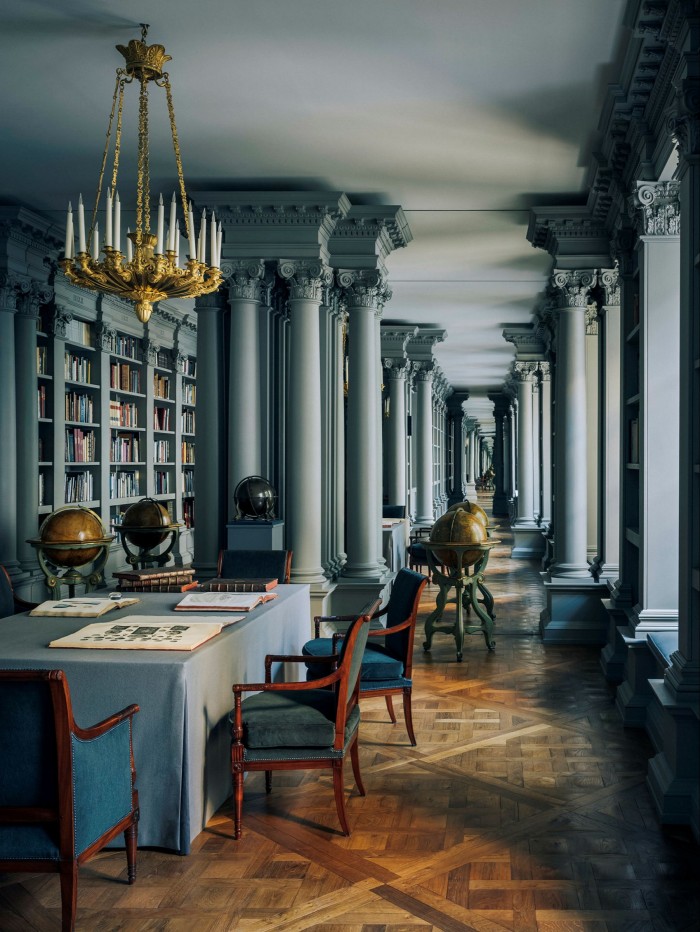
Tefaf, like other fairs, had to make decisions about whether to close entirely or to run an online version during the pandemic years. “We’ve had to invest in quick new initiatives, but I think we all agree they are incomparable for access and for reach. Collectively, across the profession, I think we’ve made tremendous improvements, so there’s a silver lining in all this. We’re coming back stronger, and we’ve learnt that there is a very big audience of people that care about what we do.
“Tefaf is the fair for art objects: this is where we see visitors who have the curiosity to come to us, and say: what can you show us? What’s special?”
Beyond the fair, have the pandemic years changed the business model at the gallery itself? “Absolutely,” Kugel replies. “The way of doing business for the past decades doesn’t really stand any more, and the realm of possibilities is incredibly expanded. It’s one of the positive takeaways of the past two years. Now we are making efforts to be more visible, whether that’s in the form of events and presentations, or a stronger online presence, so we’re experimenting a little with what works and what doesn’t.”
The special exhibition of the moment in the Kugel gallery is a selection from the legendary collection of the late Hubert de Givenchy, aristocrat and couturier, described as “one of the most illustrious representatives of the French grand goût”. His collection was broad, Kugel points out, but this display showcases his passion for 18th-century French furniture: other pieces from the collection have come to Christie’s Paris — this week’s sale was a record-breaker, with the total reaching almost €83mn. Such extraordinary collections from the past come through the Kugels’ hands, but does she think that the future will see any more such treasure troves, or does the global range of clients mean that dispersal is inevitable?
“Auction houses can only disperse a collection, they can only break it up, lot by lot. One thing we have been doing is to sell objects in groups; it’s something we’ve developed a speciality for. So when Hubert de Givenchy gave us his collection of enamels to sell, in 1994, it went as a piece to Yves Saint Laurent’s collection.”
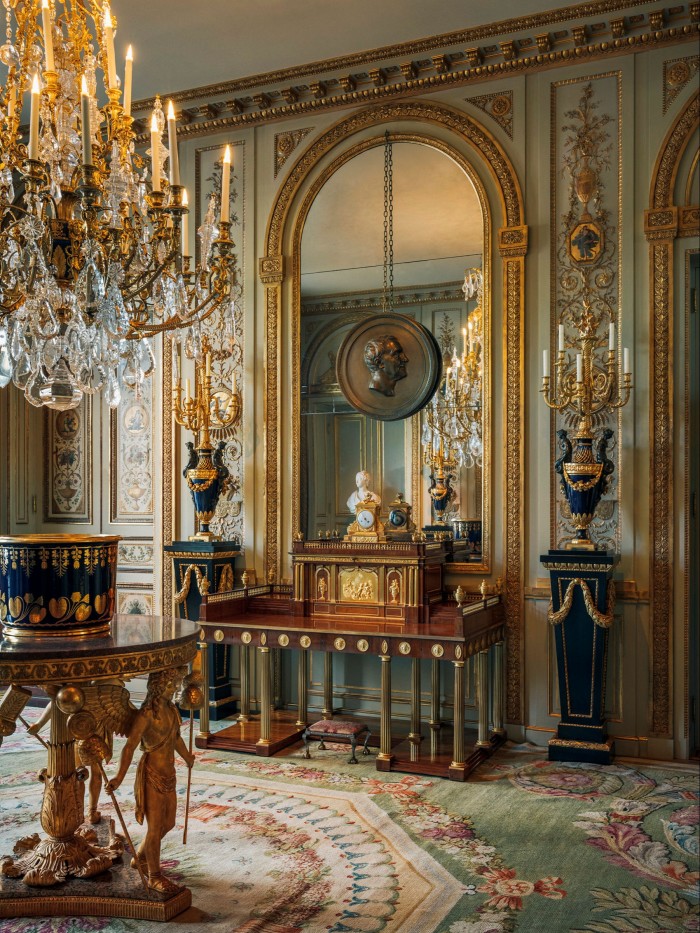
Beyond the selling of inventory, requests from clients can be even more specialised. Saint Laurent, it has been reported, once sent the Kugels a photograph of the art patron Marie-Laure de Noailles, resplendently dressed, sitting next to a table covered in objets d’art — and asked them to replicate it for him. Kugel herself doesn’t mention that story, but she says, “We do have clients who come and ask for an entire Kunstkammer, filled with works of art of one sort or another — and we’re able to provide that.”
The gallery prides itself on the careful research and discovery, as well as the expertise, needed to fulfil such requests — there is a library of thousands of volumes, a publishing programme to accompany the exhibitions, and Alexis and Nicolas Kugel are authors of many scholarly publications across the museum world. “It’s nice that the mercantile aspects can partner with the great institutions — it’s a part of the job that is extremely rewarding.”
The fashion for “horizontal” collecting — across genres and periods — is something that Galerie Kugel’s style and range certainly encourages. “Trends come and go,” she says, “at the moment, works of art are very strong. We work a lot with eclectic collectors who might come to us for furniture but are attracted by different things, fine craftsmanship in particular.”
And what of her personal taste? “I spent my formative years especially with my dad going to museums with the great princely treasures — in Florence, in Vienna — and seeing amazing objects that are simply awe-inspiring. You wonder how the artist was able to chase silver in that way, or turn ivory in that way. That’s personally what moves me the most, when you are confronted with a skill that is so seamless. It’s like a little world that sits in your hand. So works of art is my department of choice — works that have no other reason to be except to be amazing.”
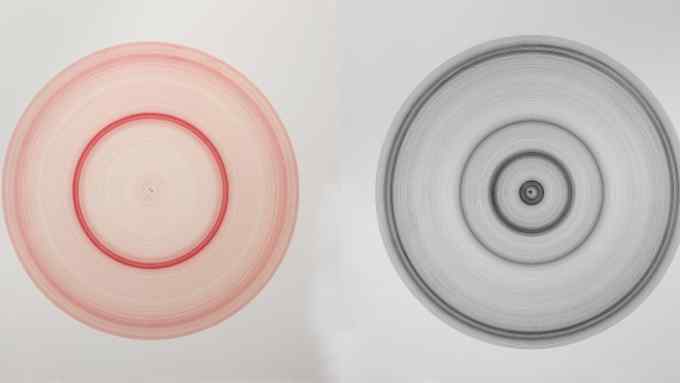
Comments